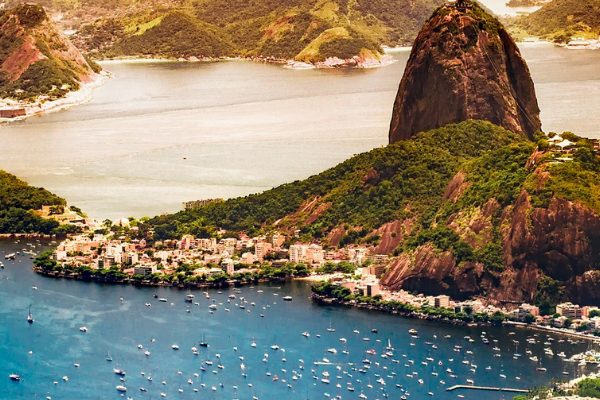Venice is a city of bewildering beauty and an essential stop off for anyone serious about seeing the world. Towering spires and symmetrical domes create the same iconic skyline in the pink evening air as they did five hundred years ago, when the waterways bustled with merchants from all over the world.
It is easily reached by air from all over the world and by train from much of Europe. So, where to begin in a city that has inspired great art, music and conversation for so many centuries?
Start the day with something light
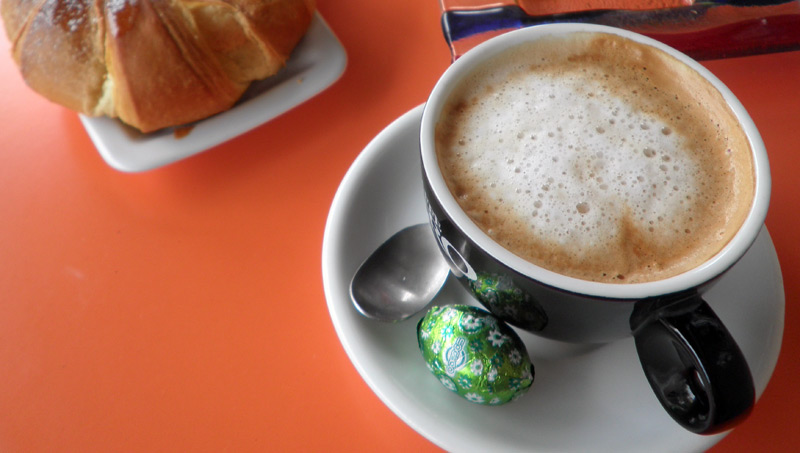
Breakfast in Venice often consists of an espresso and croissant/pastry. If this seems a little meagre, bear in mind just how filling a local evening meal is, with antipasti, primi and secondi piatti (first and second courses – each normally big enough to be a meal in itself) followed by something sweet. The real question is whether you will find space for the croissant!
Watch out for the cafes near the main train station which will charge you a fortune because of their location. The further you get from the station and the major attractions, the more reasonable the prices.
Murano, Burano & Torcello
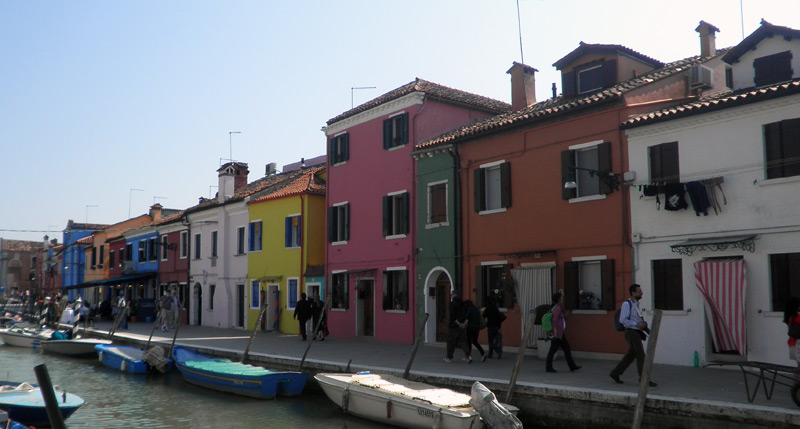
The islands to the north of the city are home to a thriving glassblowing industry that produces beautiful and vividly coloured items. The streets of Burano themselves are delightfully colourful and, while often filled with tourists, they offer plenty of opportunities to find one-off items of jewellery or a nice present for your mum. The trip to the islands takes you past undeveloped, swampy marshland that makes you realise what an incredible feat of construction Venice is.
Get lost in the back streets
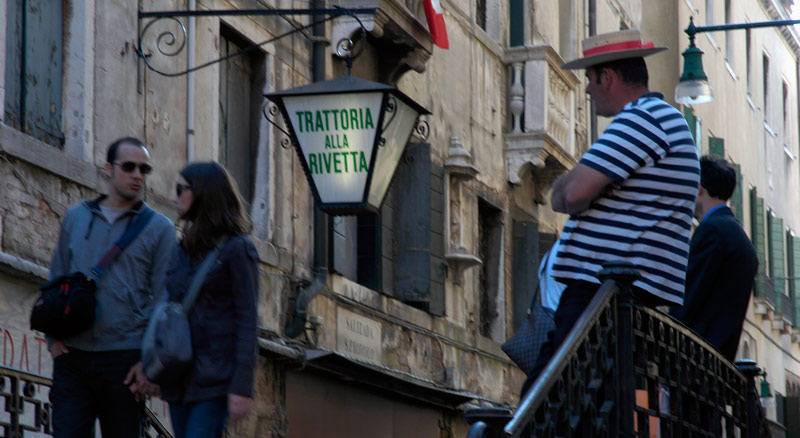
Unless you are part human, part GPS device, you will end up lost in the city’s back streets. This is no bad thing; in the narrow calli (alleyways) you will feel the real energy of Venetian life, where people get on with the business of living. Fantastic food smells waft out of doorways, little shops offer authentic alternatives to the tourist traps around Piazza San Marco and then, suddenly, you come across a hidden square or campo.
Venice is full of campi, so called because they used to be covered in grass or vegetable gardens. They are now paved, which is a good thing in a city that regularly floods. 500 years ago, the campi were at the heart of local life, each providing its own local community with a place to meet, work and collect fresh water from a well. Nowadays, the workers have moved indoors but the squares provide the perfect place to stop for an ombretta (glass of wine) and a chat.
Hit the beach at Venice Lido
The Lido di Venezia is a residential island that is just a short trip away from the hubbub of the main city. It is home to the Venice Film Festival, which brings Hollywood stars to the city. Locals love it, however, mainly because of the beach, which is a mix of public and private bathing and the ideal place to enjoy the warm Italian sunshine.
See the famous sights
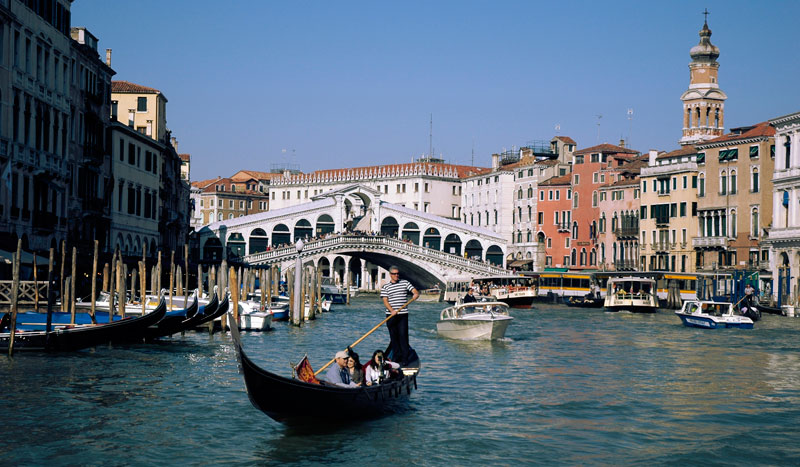
Venice is masterpiece central. Palaces, the Piazza San Marco, the Rialto Bridge (pictured), astounding churches… even Harry’s Bar home of the Bellini and the rich and famous. But you can read plenty about all that stuff elsewhere.
Watch the sunset from a vaporetto
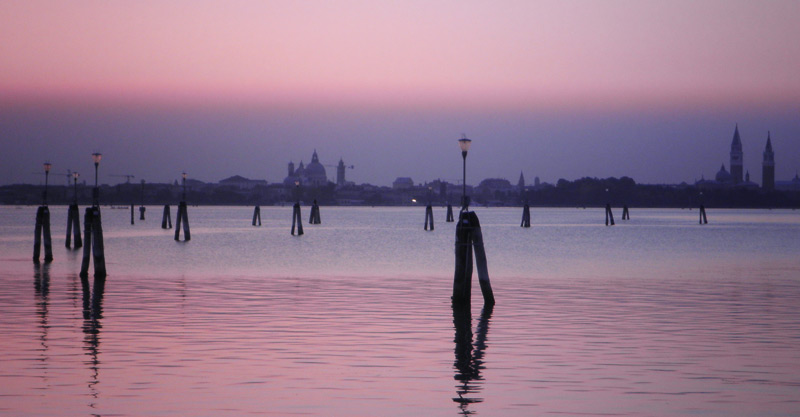
In many large cities, they have an underground metro system. In Venice, they have vaporetti: a waterbound public transport system that shifts passengers around the city and between the islands. You get a fine view of the city at sunset travelling on the Vaporetto between Venice Lido and San Marco.
Cicchetti
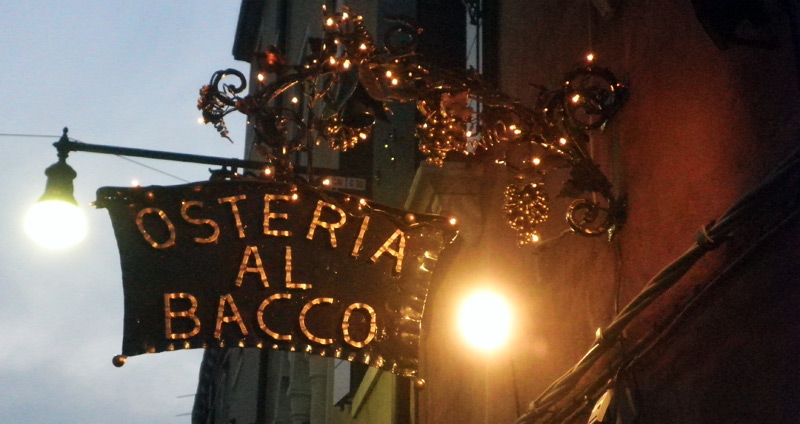
If you can’t face the prospect of a full-on Venetian meal, Cicchetti are the perfect compromise. In years gone by, the little local dishes would sit on the bar and provide drinkers with something to snack on, much like tapas in Spain. Nowadays they have made the leap to restaurants, but you can still enjoy them in the traditional bàcari. Some local treats include fopeti (baby octopus) and masanelle (little crabs eaten whole) but you will find different treats in different bars, also depending on what the local fishermen have caught.
